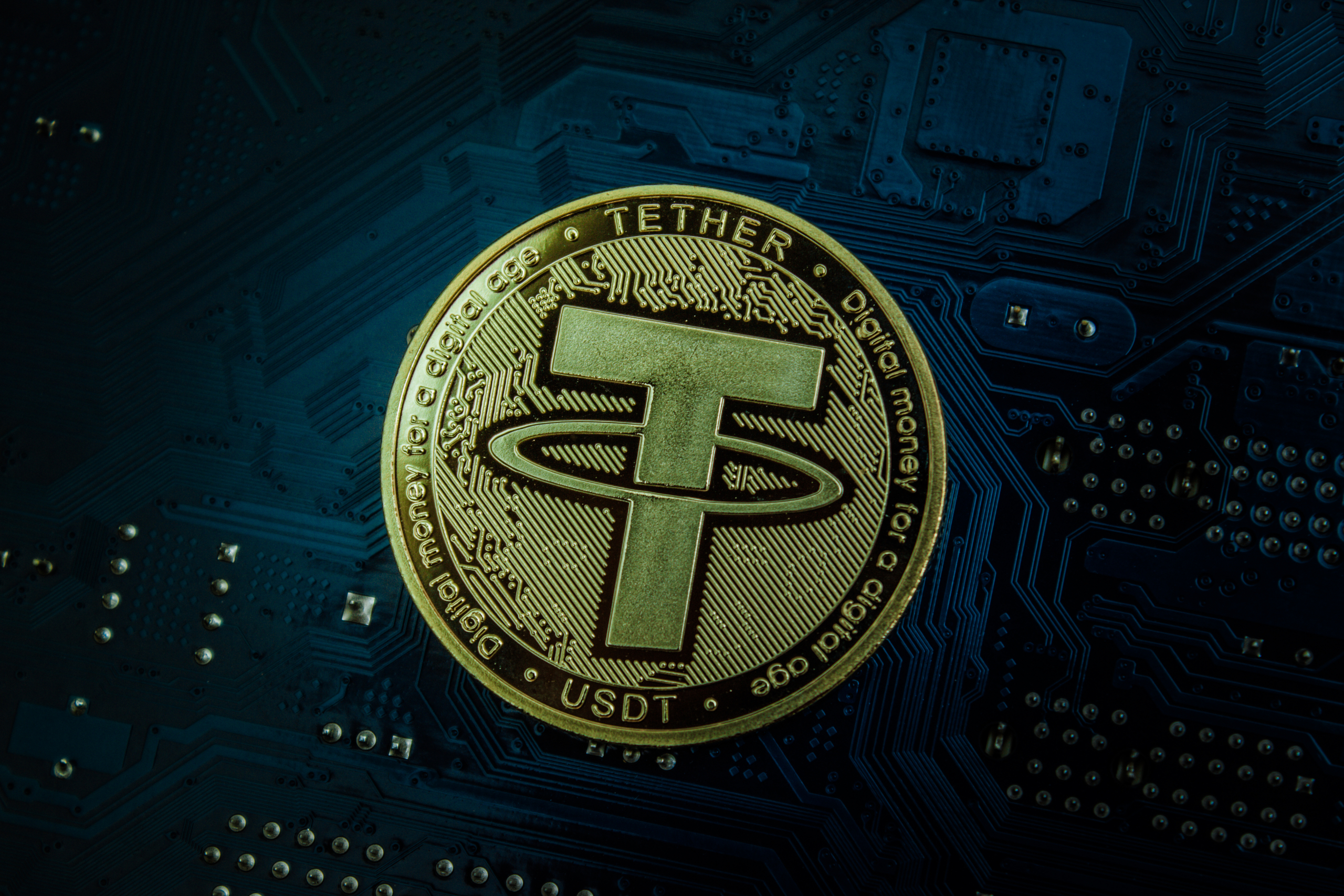As USDT Supply Grows, Tether Funnels Billions Into AI and Energy
02.05.2025 20:00 1 min. read Alexander Stefanov
Tether kicked off 2025 with a massive financial showing, revealing over $1 billion in profit for the first quarter and deepening its footprint in U.S. government debt.
The stablecoin issuer reported nearly $120 billion in exposure to U.S. Treasurys—most of it in direct holdings, and the rest tied up in repurchase deals and similar liquid assets.
Its flagship token, USDT, now boasts a market cap of $149 billion, growing by $7 billion over the quarter as millions of new wallets came online.
While Tether’s surplus reserves dropped slightly from $7.1 billion to $5.6 billion, the cushion remains substantial. That buffer continues to fuel the company’s broader ambitions, with more than $2 billion funneled into sectors like AI, energy, and decentralized data services.
USDT, alongside Circle’s USDC, dominates the dollar-backed stablecoin landscape, controlling a combined 87% of the market. But as their influence grows, so do concerns abroad.
EU policymakers and financial regulators like the Bank of Italy are warning that global markets could face ripple effects if these digital dollars—or the assets backing them—were to destabilize. With projections pointing toward a $2 trillion stablecoin market by 2028, the stakes are rising fast.
-
1
Binance CEO Issues Urgent Crypto Security Reminder
09.07.2025 17:30 2 min. read -
2
Top 7 Crypto Project Updates This Week
19.07.2025 18:15 3 min. read -
3
EU Risks Falling Behind in Digital Finance, Warns Former ECB Board Member
06.07.2025 13:00 2 min. read -
4
BlackRock Moves to Add Staking to iShares Ethereum ETF Following SEC Greenlight
18.07.2025 9:00 1 min. read -
5
Czech National Bank Enters Crypto Sector with $18M Coinbase Investment
14.07.2025 9:00 1 min. read
Bank of Korea Launches New Division to Oversee Crypto and Stablecoin Developments
The Bank of Korea (BOK) has taken a significant step toward deepening its involvement in the digital asset ecosystem by establishing a dedicated virtual asset division, according to a report from local media outlet News1.
JPMorgan: Coinbase Could Gain $60B From USDC-Circle Ecosystem
A new report from JPMorgan is shedding light on the staggering upside potential of Coinbase’s partnership with Circle and its deep exposure to the USDC stablecoin.
5 Major US Events and How They Can Shape Crypto Market in The Next Days
The week ahead is shaping up to be one of the most pivotal for global markets in months. With five major U.S. economic events scheduled between July 30 and August 1, volatility is almost guaranteed—and the crypto market is bracing for impact.
eToro Launches 24/5 Stock Trading, Unlocking Round-the-clock Access to Top US Shares
Global fintech platform eToro has officially rolled out 24/5 trading on its 100 most popular U.S. stocks, giving users the ability to buy and sell equities at any time from Monday to Friday.
-
1
Binance CEO Issues Urgent Crypto Security Reminder
09.07.2025 17:30 2 min. read -
2
Top 7 Crypto Project Updates This Week
19.07.2025 18:15 3 min. read -
3
EU Risks Falling Behind in Digital Finance, Warns Former ECB Board Member
06.07.2025 13:00 2 min. read -
4
BlackRock Moves to Add Staking to iShares Ethereum ETF Following SEC Greenlight
18.07.2025 9:00 1 min. read -
5
Czech National Bank Enters Crypto Sector with $18M Coinbase Investment
14.07.2025 9:00 1 min. read


